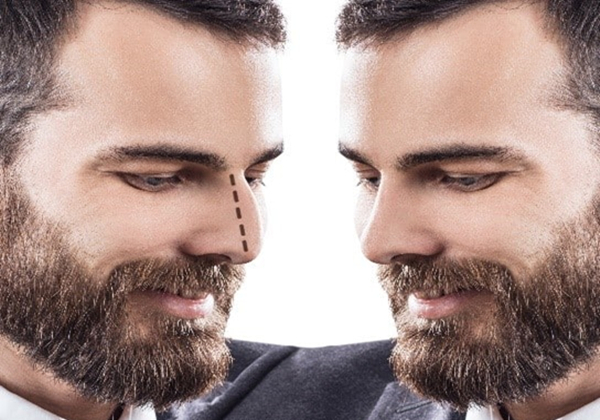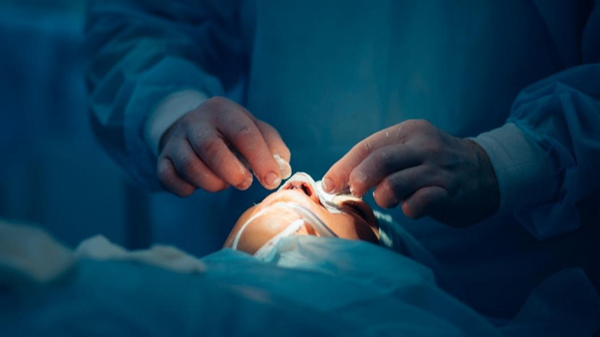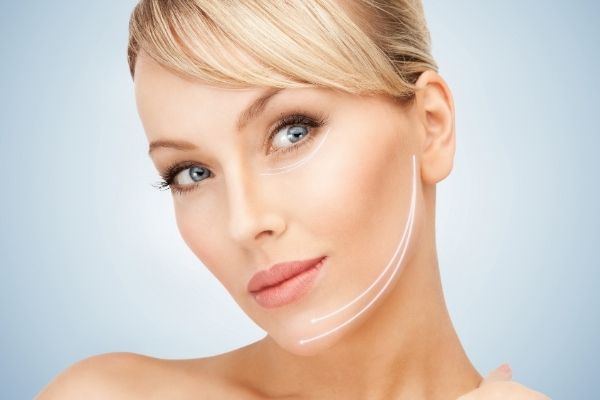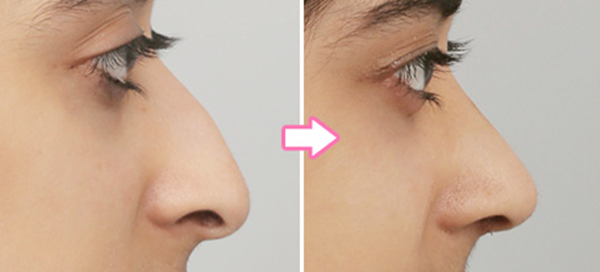How to Get a Nose Job in Korea? Type|Cost of Rhinoplasty...You Should Know
South Korea is renowned for having the world's most experienced, well-trained, and sought-after plastic surgeons. Surgeons in Korea typically work Monday to Saturday, specializing more than doctors in less competitive societies. They often start their careers in larger clinics or hospitals, performing multiple surgeries per day. By the time they open their own practices, they have already amassed extensive experience, having performed thousands of surgeries.

What to Expect When Getting a Nose Job in South Korea?
Many individuals desire a more symmetrical nose and choose rhinoplasty as a solution. However, it is important to manage expectations as achieving perfect symmetry is rare. Our starting point plays a crucial role in determining the outcome, with most individuals achieving around 85% of their anticipated results. Despite the limitations imposed by our own bodies, rhinoplasty in Korea can help individuals achieve their desired outcomes in terms of symmetry, proportionate size, width, and position of the nose, as well as improvements to the nasal profile, tip, and nostrils.
Rhinoplasty in Korea involves a personalized surgical procedure that begins with a consultation. During this consultation, the surgeon takes into account the patient's preferred appearance, facial features, skin type, ethnic background, and age when discussing the cosmetic nose surgery. The surgeon also considers any risk factors and identifies the specific areas of the nose that need improvement. It is generally recommended that young patients wait until their facial bones are fully developed, typically around 15-16 years old, unless there is a significant deformity, injury, or breathing problem.

▲Before the surgery
You should avoid smoking for a few weeks before and after the procedure to aid in the healing process.
Rhinoplasty in Korea is typically performed in a surgeon's clinic, a hospital, or an outpatient center. The surgery can take anywhere from 1 to 4 hours, depending on the complexity of the case. You may need either general anesthesia or local anesthesia with sedation, depending on the recommendation of your doctor.
▲After the rhinoplasty
you will usually be able to leave the clinic after 2-3 hours, unless further observation is required in difficult cases. You can expect congestion, swelling, and bruising around the eyes, which will start to improve after the third day. It is normal to experience mild to moderate discomfort and headaches.
Dressings in your nose will typically stay in place for one to seven days after surgery. Nasal packing may be removed within 3 to 5 days, providing increased comfort. Stitches and taping are usually removed on the 7th day, although internal stitches may be removed on the 10th day. You will also wear a nose splint and cast for approximately 5 days for protection and support. Sleeping with your head elevated at 15-20 degrees for the first three days after surgery is recommended. Applying a cold compress to the nose and eyes will help reduce swelling and bruising.
How to Get a Nose Job in Korea? Types of Rhinoplasty You Should Know
There are various methods that your surgeon can use to alter the shape of your nasal bones or cartilage in rhinoplasty. The specific technique used will depend on the structure of your nose, the amount of alteration required, and the materials available.
In general, nose surgeries can be categorized into two types: closed and open.
Closed surgery involves creating incisions inside the nose. This technique is typically used for minimally invasive procedures. However, it is not commonly performed in Korea due to its limitations and higher risks. The surgeon is unable to see the exact changes happening during the procedure.
On the other hand, open surgery involves the surgeon making a small external incision between the nostrils at the base of the nose. This allows the surgeon to have a clear view of the bone and cartilage beneath the skin, making it the preferred method. This technique is safer and usually produces better results. In some cases, the surgeon may use cartilage from the ear or deeper inside the nose to make small changes. This cartilage is often used to create a support structure for the nasal tip, helping to maintain the desired position.

However, implants are not commonly used on the tip area in Korea due to the thinness of the nasal skin. Placing an implant in this area can cause redness and thinning of the tip over time. Instead, cartilage from donors can be used for the tip or the bridge of the nose. Rib cartilage is an option, but it requires a small incision on the rib and can result in a small scar. This method also adds time and cost to the surgery and is usually unnecessary.
If a higher bridge of the nose is desired, it can be achieved using a silicone implant. Gore-Tex can also be used, but it has a tendency to adhere too strongly to the surrounding tissue and may cause future complications. Silicone is considered the gold standard for this procedure.
Some patients may request a taller nose using cartilage. However, placing cartilage over a large area can lead to absorption or warping, causing aesthetic issues. In most cases, an implant is a better option.
Frequently Asked Questions About Rhinoplasty in South Korea
What is the difference between rhinoplasty and septoplasty?
Rhinoplasty and septoplasty are both surgical procedures that involve the nose. However, rhinoplasty is specifically done to change the shape and appearance of the nose, while septoplasty is performed to improve breathing by straightening the nasal septum. In some cases, these procedures are combined to enhance both the aesthetic and functional aspects of the nose.
How long is the recovery period for rhinoplasty?
After rhinoplasty, there may be some swelling, but you should be able to resume your daily activities (excluding exercise, drinking, and smoking) within 2-3 days. Many patients are able to go shopping or take part in light activities after this period. It is normal to experience some bleeding, bruising, and swelling for 2-3 days, but after 3-4 weeks, the surgical effects will be less apparent, although some residual swelling may still persist for up to 3 months. The final shape of the nose will become evident around six months after healing, and complete internal healing can take up to one year.
Are there risks associated with rhinoplasty in Korea?
Like any surgical procedure, rhinoplasty carries some risks. However, these risks are generally minor and complications are uncommon. Before the surgery, your surgeon will thoroughly discuss the potential risks and benefits with you.

How to Get a Nose Job in Korea? The Cost of a Nose Job in South Korea is...
Nose surgeries in South Korea are generally less expensive compared to other countries, considering the same level of quality. The final cost depends on factors such as the complexity of the procedure, the number of parts involved, the level of the doctor, market conditions, and more.
Prices can range from as low as 2000 USD for a simple one-part case without sedation, to 10,000 USD - 15,000 USD for a complex multiple revision case. ;
For an average rhinoplasty, the cost typically falls between 4,000 USD to 8,000 USD, depending on the doctor's skill level and pricing guidelines.
It's important to note that highly skilled and popular doctors may charge higher prices. Seoul Guide Medical can provide you with a list of clinics and their costs for easy comparison.
Rhinoplasty in Korea Before and After

South Korea remains a global leader in plastic surgery, and rhinoplasty is one of the most common procedures performed in the country. People from around the world choose Korea for medical tourism due to its reasonable pricing, highly skilled surgeons, and impressive results. However, it is always advised to consult with a doctor before proceeding with any procedure and explore all available treatment options to minimize risks and avoid disappointment.

